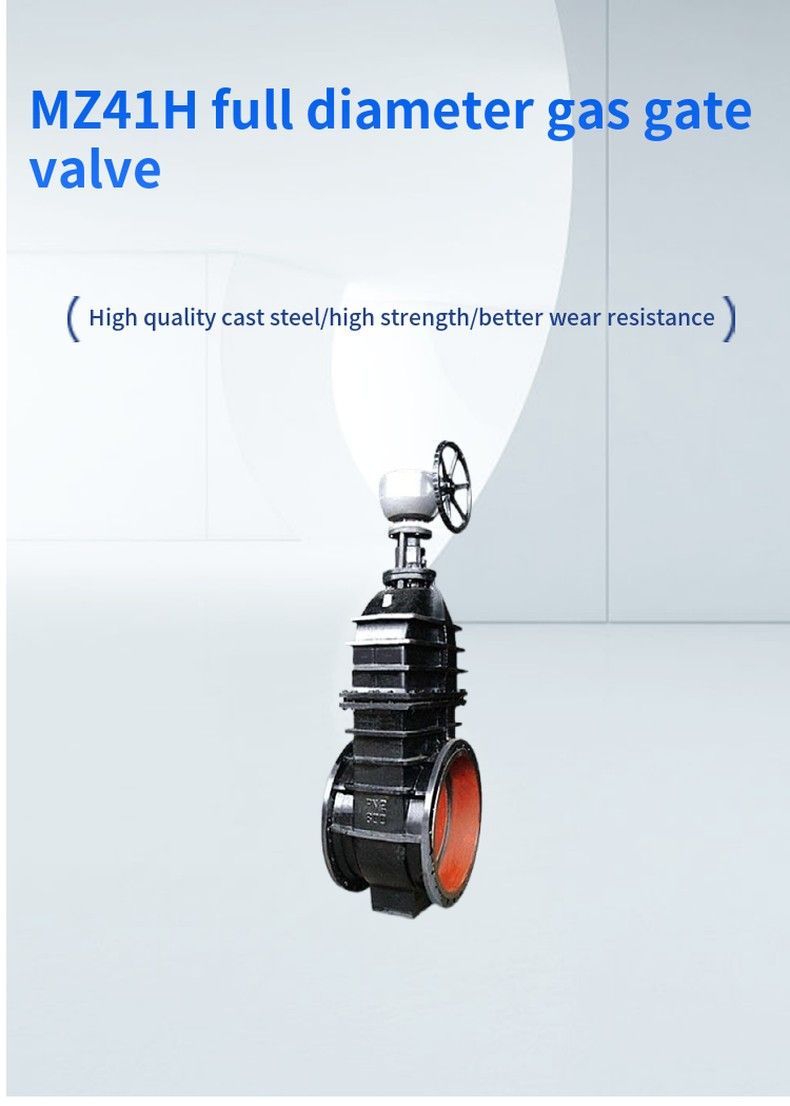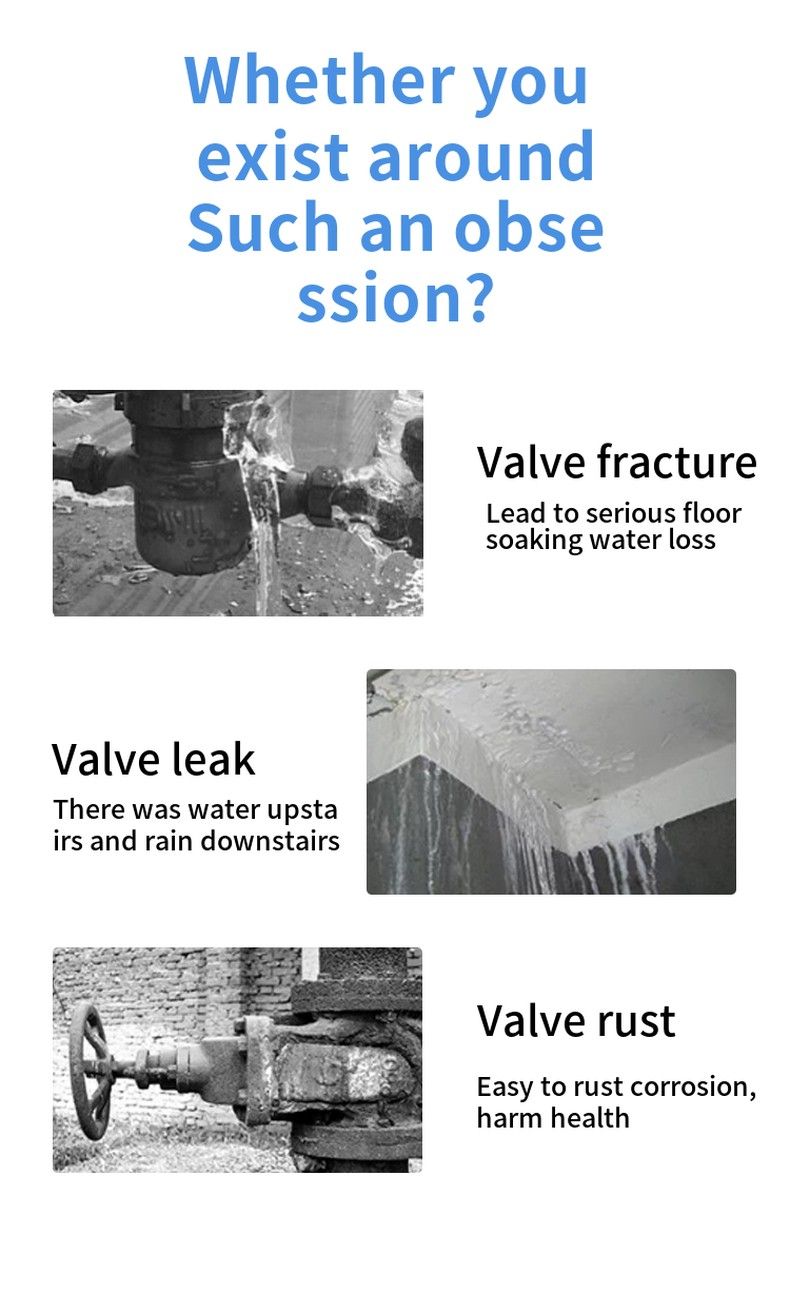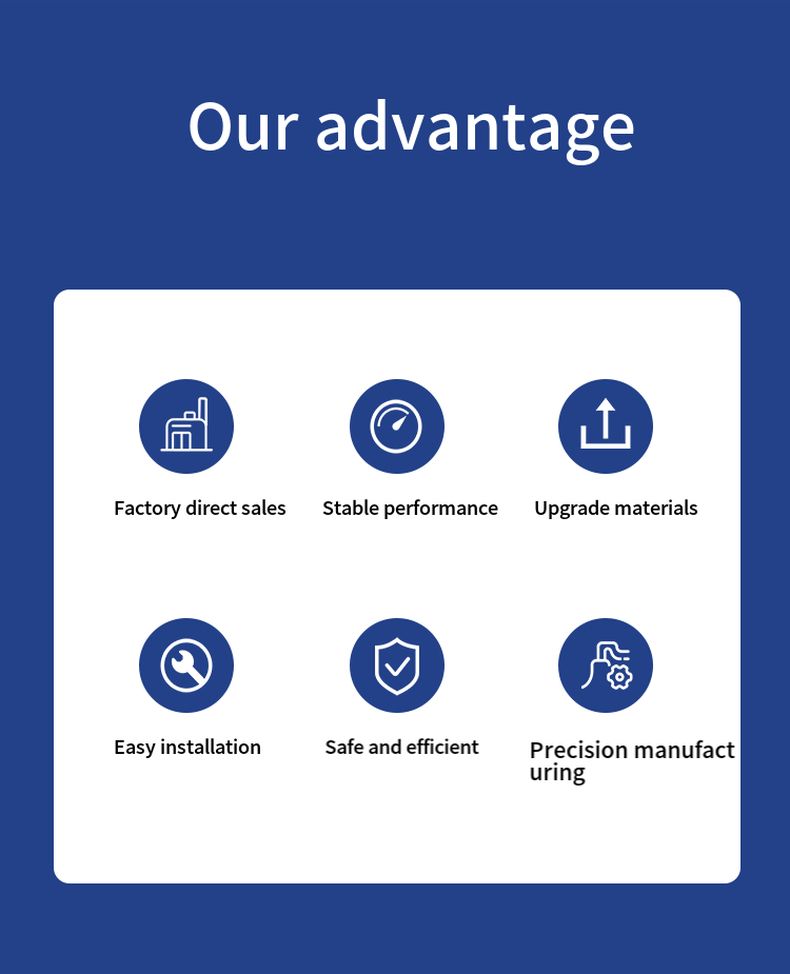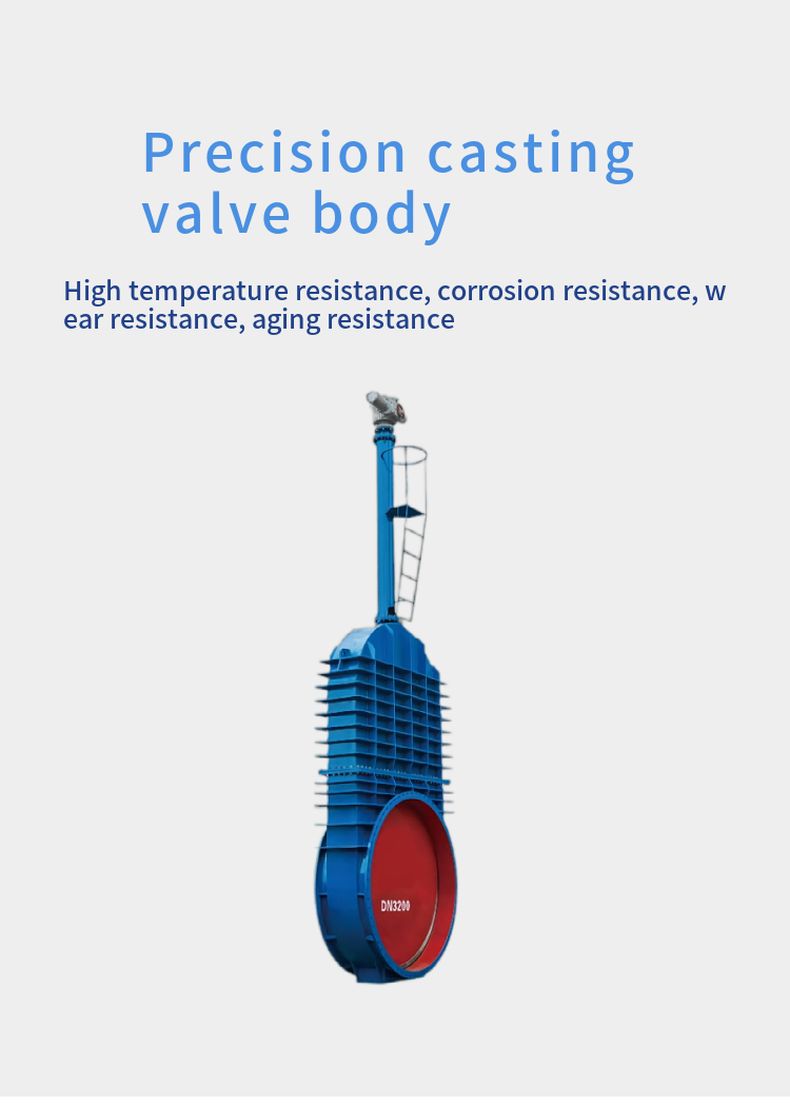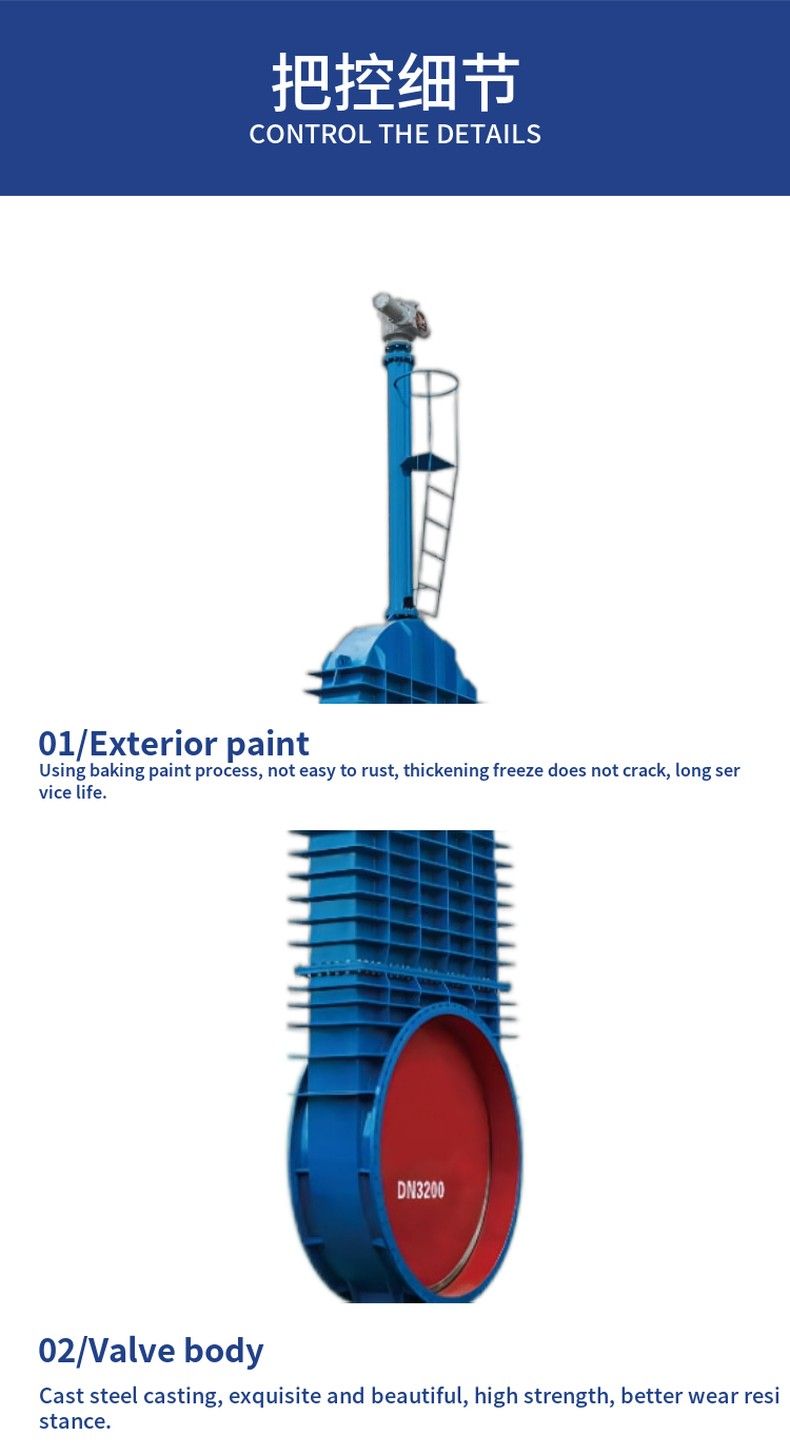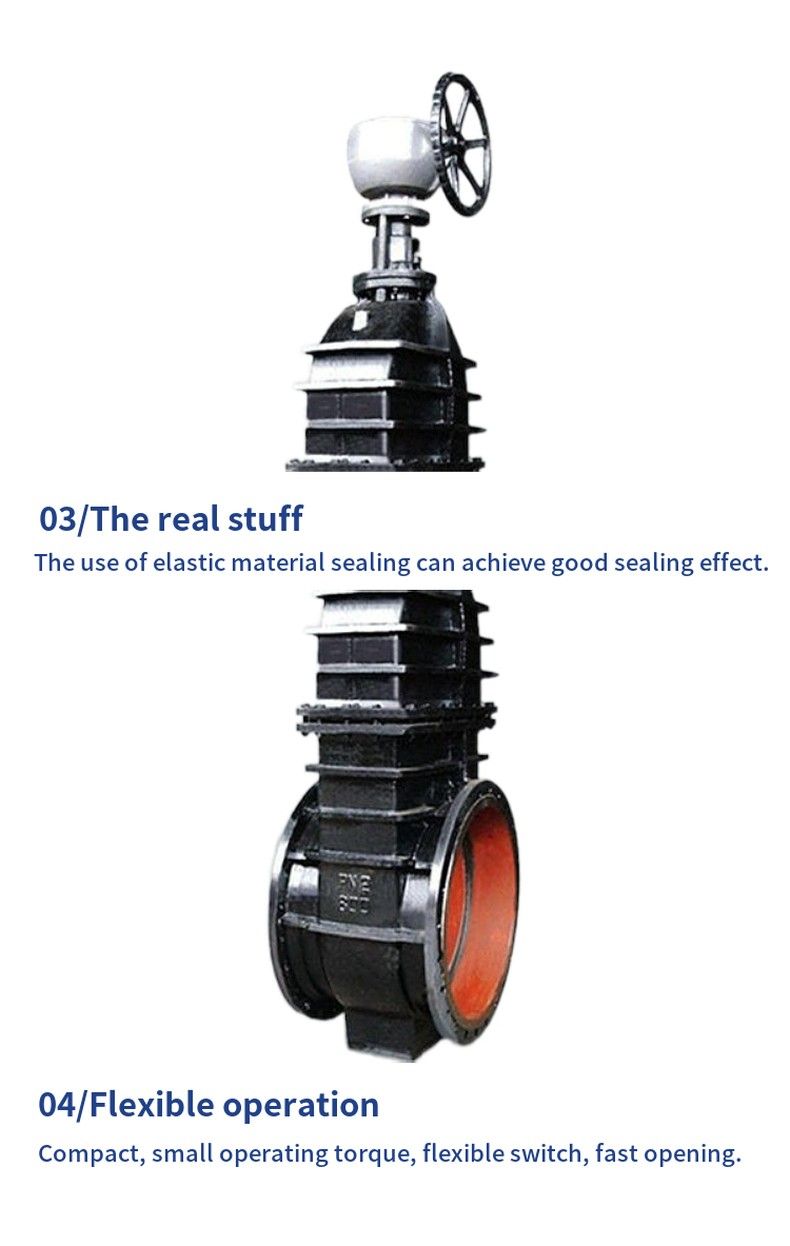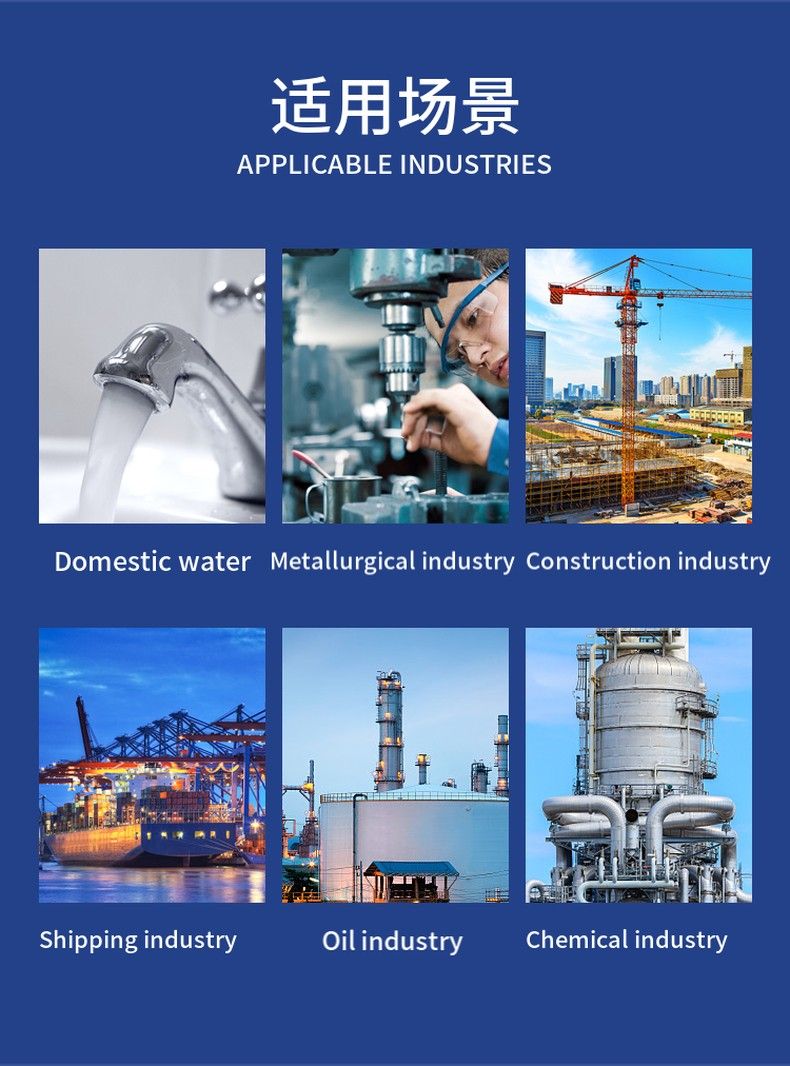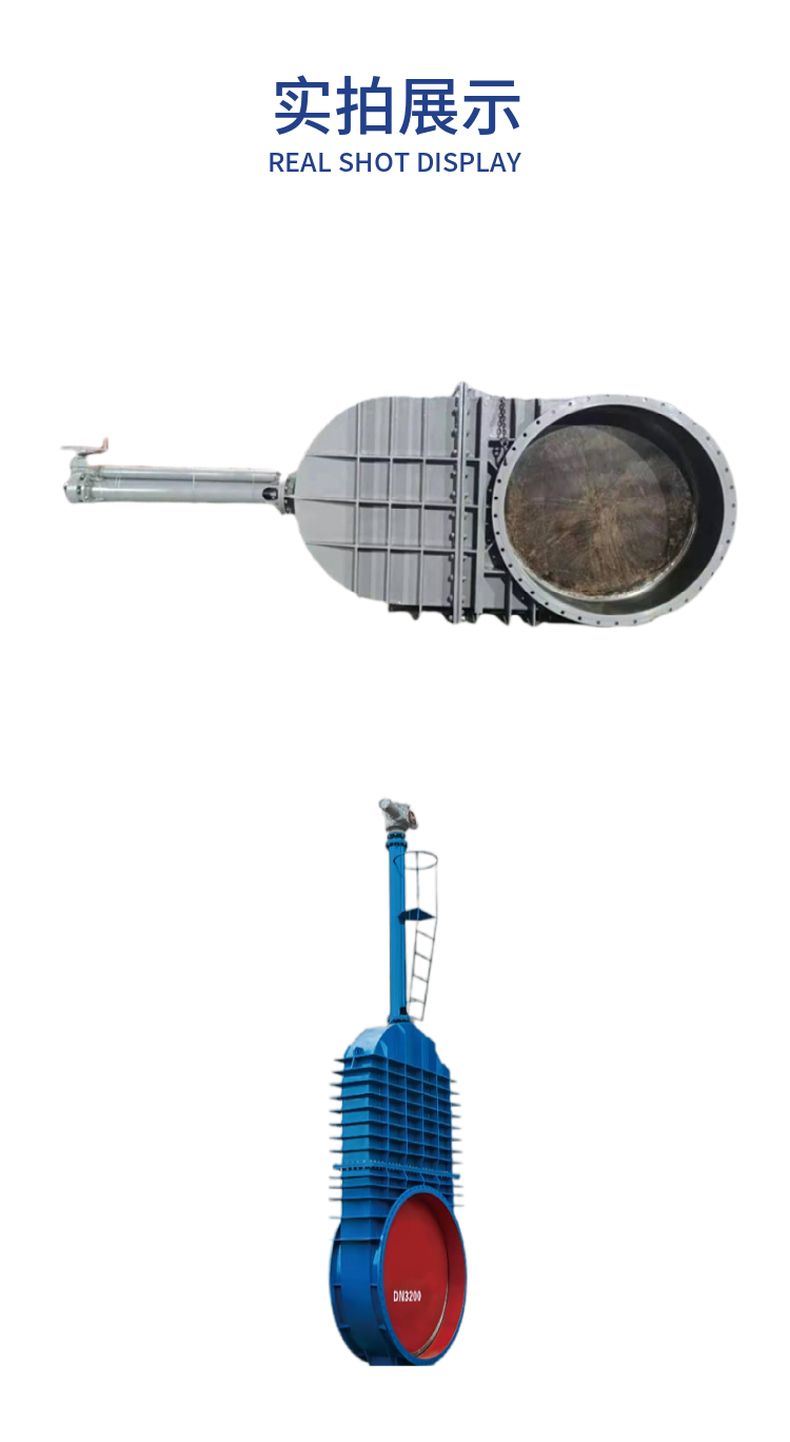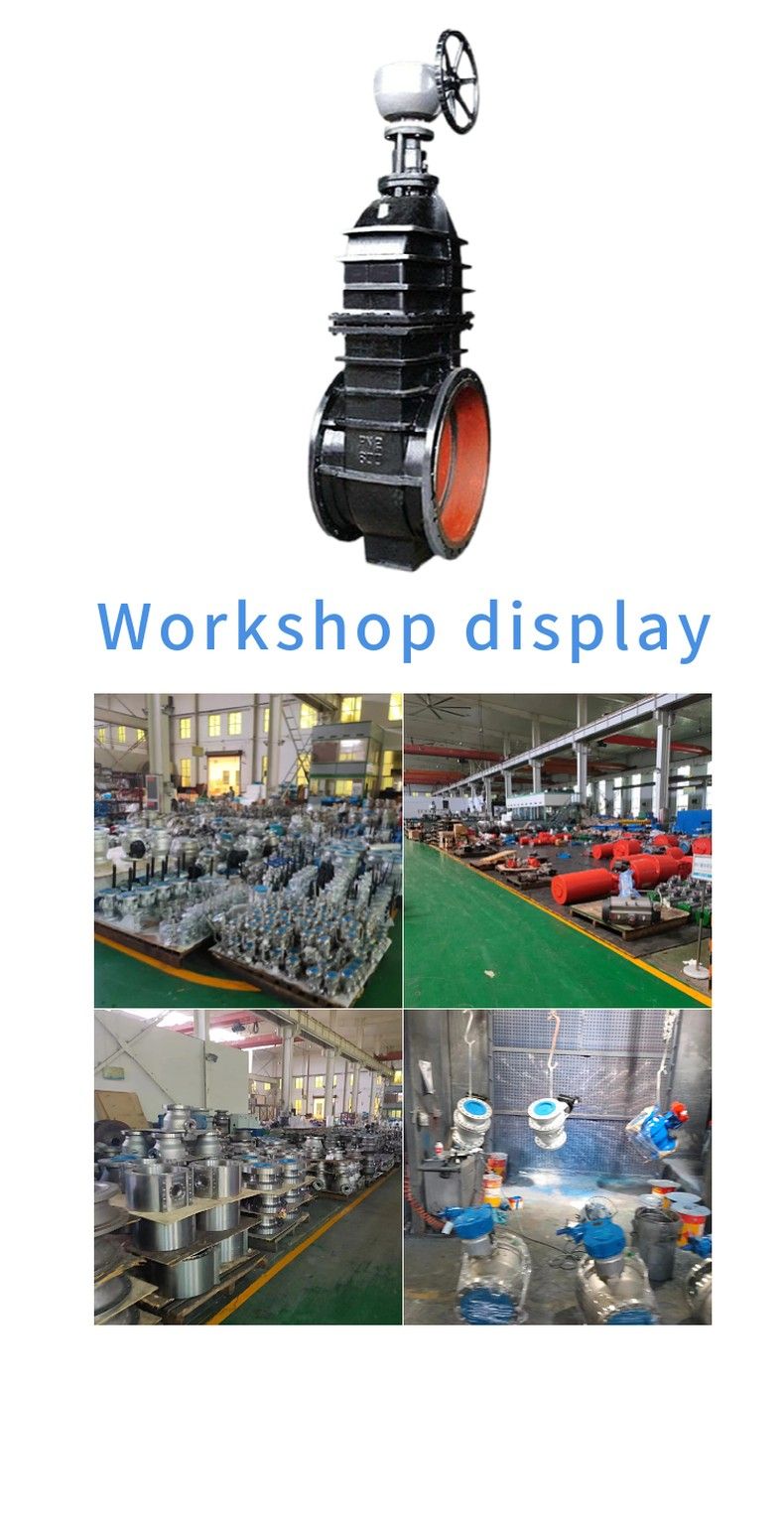Home >> Products >> Sluice valve
Of the various types of valves, gate valves are the most widely used.
Gate valve refers to the valve that the closing part (gate plate) moves in the vertical direction along the axis of the channel. It is mainly used as a cutting medium on the pipeline, that is, it is fully open or fully closed. In general, the gate valve can not be used as a regulating flow. It can be applied to low temperature and low pressure can also be applied to high temperature and high pressure, and can be used for a variety of different media according to the different materials of the valve. But the gate valve is generally not used for conveying mud and other media in the pipeline.
1. The fluid resistance is small, the sealing surface is washed and eroded by the medium.
2. It takes less effort to open and close. Smaller torque required for opening and closing;
3. Can be used in the medium to flow in two directions of the ring network, that is, the flow of the medium is not restricted;
4. Simple shape, short structure length, good manufacturing process, wide range of application. When fully opened, the sealing surface is less eroded by the working medium than the globe valve;
5. The structure length is relatively short.
Nominal pressure or pressure level:
PN1.0-16.0MPa, ANSI CLASS 150-300LB, JIS10-20K
Nominal diameters or calibers:
DN10 ~ 1000, NPS 1/2 ~ 36"
Drive method:
Manual, bevel gear drive, pneumatic, electric, hydraulic, gas-hydraulic linkage, electro-hydraulic linkage
Body material:
WCB, ZG1Cr18Ni9Ti, ZG1Cr18Ni12Mo2Ti, CF8(304), CF3(304L), CF8M(316), CF3M(316L), Ti. Choose different materials, can be applied to water, steam, oil, nitric acid, acetic acid, oxidizing medium, urea and other media.
Because the gate valve has many advantages, it has a wide range of use. Usually DN≥50mm pipeline as a device to cut off the medium are selected gate valve, and even in some small caliber pipeline (such as DN15 ~ 40mm), still retain a part of the gate valve.
Gate valve has some disadvantages
The main ones are:
1, the overall size and opening height are larger, the required installation space is also larger;
2, in the process of opening and closing, there is relative friction between the sealing surface, wear is larger, and even easy to lead to chafing phenomenon at high temperature;
3. The general gate valve has two sealing pairs, which increases some difficulties for processing, grinding and maintenance.
4, opening and closing time is long.
Gate valve belongs to what kind of valve
Gate valves have a variety of different structural forms, the main difference is the use of sealing elements in different structural forms. According to the structure of the sealing element, the gate is often divided into several different types, and the most common form is flat gate valve and wedge gate valve; the According tostructure of the valve stem, it can also be divided into lifting rod (open rod) and rotating rod (dark rod) gate valves.
Gate valve is a sliding valve. It is mainly used as a cutting medium on the pipeline, that is, it can not be separated or fully closed. Generally can not be used as throttling. Gate valves can be used for high temperature and high pressure, and can be used for a variety of different media, but generally not used for conveying mud, viscous fluids in the pipeline.
Gate valve is generally used in the shape of the valve size is not strict requirements, and the use of conditions are more harsh occasions, such as high temperature and high pressure working media, requiring the closure to ensure long-term sealing and so on.
The main advantage of gate valve is that when the valve is fully opened, the intermediate mass of the pipeline can pass in a straight line, so the liquid resistance through the valve is small.
Generally, the use of conditions or requirements of good sealing performance, high pressure, high pressure cutoff (large pressure difference), low pressure cutoff (small pressure difference), low noise, cavitation and vaporization phenomenon, high temperature media, low temperature (cryogenic) recommended to use gate valves. The gate valve can be used first in the mud medium and the occasion with little leakage to the atmosphere. In throttling, regulation, wear and tear, quick opening and closing action, short operating force, abrasive medium as far as possible do not choose gate valve. Gate valve can not be selected in the occasion of high opening and closing frequency.
In addition, in the installation space is small, suitable for large diameter valves and installation space is limited on the pipeline, such as underground pipelines, suitable for the selection of dark rod gate valves that do not change the height when opening and closing. However, this type of valve must be installed with an opening and closing indicator to show the opening of the valve. The disadvantage of this kind of dark rod gate valve is that the thread of the valve stem is directly in contact with the medium, which is easy to be corroded by the medium; At the same time, it can not be lubricated and easy to damage.
There is also a structure in the gate valve, that is, the channel diameter in the valve body is different; The diameter of the sealing surface of the valve seat is smaller, and the diameter of the flow resistanceflange connection is larger, which is called the retracted gate valve. This kind of gate valve structure is small, light weight, but the is larger, suitable for the convection resistance requirements of the pipe road, the general steam and water pipe selection more. diameter shrinkageDue to its , the valve reduces the size of the parts, and the torque required for opening and closing is also reduced accordingly. fluid resistanceHowever, after deflationary contraction, the loss increases. In order to minimize the fluid resistance loss when the medium flows through the contraction, the diversion ring device can be used. Retraction gate valves are not allowed in the pipeline of petroleum systems.
In the petroleum and chemical system, especially in the oil and natural gas long distance pipeline, it is suitable to choose the flat gate valve with floating seat. This type and the flat gate valve has a guide hole and no guide hole. The flat gate valve with a diversion hole is mainly used for the oil and natural gas pipelines to be cleaned, especially the pipelines with large, high parameters and automation requirements; The flat gate valve without diversion hole is suitable for all kinds of pipe roads as opening and closing devices.
In all valves, the opening and closing action is the slowest gate valve. In the process of opening and closing, the moving distance of the gate plate is greater than the diameter of the valve channel, and the total height of the gate valve is higher, occupying a large space position, and it is heavier. However, from a mechanical point of view, it is relatively large degrees of freedom, so it is suitable for use in water conservancy facilities.
The type of gate valve
1) According to the structure of the gate valve is mainly divided into two categories.
Parallel gate valve -- the sealing surface is parallel to the vertical center line, that is, the two sealing surfaces are parallel to each other.
Wedge gate valve -- the sealing surface is at an Angle to the vertical center line, that is, the two sealing surfaces are wedge-shaped gate valves. Wedge gate valve has double gate, single gate and elastic gate.
(1) According to the structure of the valve stem is divided into two categories.
Open stem gate valve -- valve stem nut in the valve cover or branch, open and close the gate, with the rotary valve stem nut to achieve the rise and fall of the valve stem.
Dark rod gate valve -- the valve stem nut is in direct contact with the medium in the valve body, and the rotating valve stem is used to achieve the opening and closing of the gate.
Gate valve trial life
(1) static pressure life test
Under laboratory conditions, when the valve is subjected to medium pressure, the cyclic operation test is carried out from full open to full closed.
(2) The number of static pressure life tests
Valve static pressure life test, can maintain the standard required performance of the total number of opening and closing cycles.
2. Requirements
1) The sealing performance of the gate valve requiring static pressure life test shall comply with the provisions of GB/T13927 or JB/T9092.
2) Test system of static pressure life test.
3) The test medium is room temperature water. If air is used as the test medium, the opening pressure difference should be controlled according to the rated pressure difference of the valve during the test.
4) No matter what way the gate valve is operated, when the static pressure life test is carried out, the operating device equipped with it should be carried out the opening and closing cycle test with the valve. Handwheel directly driven or driven by the worm gear reducer manual operation of the gate valve, the driving mechanism of the life testing machine drives the gate valve handwheel or worm gear reducer handwheel; The gate valve driven by electric, hydraulic, pneumatic or other electro-hydraulic gas linkage device, and the operation driving device equipped with it to drive the gate valve for opening and closing cycle test.
5) During the static pressure life test, the opening of the valve should reach more than 90% of its actual opening from the position of keeping the seal completely closed.
6) static pressure life test, from the opening position to the closing process, the body cavity should be filled with media and pressure, the medium pressure is 90% ~ 100% of the valve nominal pressure or the highest design pressure; After reaching the closed position, the outlet side of the gate valve should release the medium pressure. The gate valve is opened under the pressure difference condition of the test medium. When the gate valve has the requirement of rated pressure difference, the rated pressure difference should be used as the test pressure difference during the test.
7) During the test, in addition to the flat gate valve with plane seal, the gate valve should be closed with the operating torque, and the flat gate valve with plane seal should be closed to control the closing position.
8) The operating torque of the test, except the flat gate valve with flat seal, shall be subject to the maximum opening and closing operating torque measured by manual operation under the condition that the sealing performance can be maintained during the sealing test. The manually operated torque shall not exceed the torque produced by the driving handwheel equipped with the gate valve or the operating torque specified in the product standard. The operating torque of the flat gate valve of the plane seal is subject to the operating torque when it is opened with pressure. The repeated deviation of the test operating torque of the driving mechanism should be less than ±5%.
9) In the process of static pressure life test, the sealing performance and operating torque should be checked once according to the characteristics of the sealing pair material, each opening and closing cycle of 200 to 300 times. After the sealing performance is qualified, continue the test; Manually operated gate valve, if the operating torque changes can be adjusted, with other supporting operating mechanism operated gate valve, can not be adjusted.
10) If the gate valve has the installation and flow direction requirements, it should be installed in the required installation and flow direction.
11) The record of the number of static pressure life tests should be recorded by the signal provided by the life testing machine or the stroke switch driven by the electric, hydraulic, pneumatic or other electro-hydraulic gas combined transport device, and the electromagnetic counter is used to record.
3. Test method
1) The gate valve is fixed and installed according to the flow direction and installation direction of the gate valve being tested.
2) Under the pressure difference (or rated pressure difference) of 100% medium pressure and nominal pressure, use the force measuring wrench to measure the maximum operating torque when the gate valve is opened and closed. Test three times and take the maximum value.
3) Adjust the control mode and output torque of the driving mechanism according to the measured torque of 2) to meet the operating requirements of the gate valve closing seal, and achieve the sealing performance requirements through the sealing performance test. For the flat gate valve with flat seal, in addition to adjusting the operating torque, the closing position should also be adjusted.
4) After the opening and closing cycle of 200 ~ 300 times, check the leakage of the sealing surface. If the operating torque changes, the output torque of the driving machinery should be adjusted in time to meet the sealing requirements, but when the operating torque increases to a person can not operate with the handwheel of the valve, the test is terminated.
4. Determination of the number of static pressure life tests
(1) Terminate the test
The test should be terminated when:
When the sealing test is checked, the sealing performance cannot meet the standard requirements;
brake rod packing can not keep sealed, other parts of the valve body leakage;
the valve stem, valve stem nut and other parts of the gate valve wear, can not open and close operation normally or the opening and closing operation torque has a large change, does not meet the provisions of 4.2.1.2-8).
(2) The number of static pressure life test
After reaching the required number of tests, when the performance of the gate valve meets the standard requirements, this test number is the number of static pressure life test.
If during the test, there are abnormal conditions or performance does not meet the standard requirements, the corresponding number of opening and closing cycles when terminating the previous inspection is the number of static pressure life test.
Design and manufacture: according to the provisions of GB/T12234-89
Structure length: according to GB/T12221-89
Flange size: according to JB79 GB/T9112-9131
Inspection and test: according to the provisions of JB/T9092-99 GB/T13927-92
Z41H, Z41Y, Z41W type PN10 steel wedge gate valve main outline and structural dimensions (mm)
